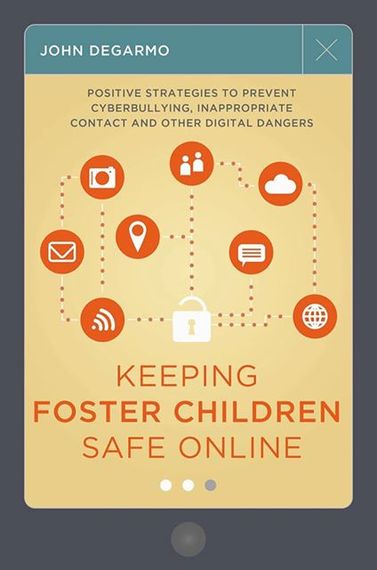You probably use them every day.
In fact, you probably used one just a few minutes ago.
Emojis. Those cute little pictures that you send when you are texting a friend or family member. After all, they are cute, they are fun to use, and they are fast to send.
Who doesn't send them? Well, according to a study from Swift Media, 6 billion emojis are sent every day via use of celluar phones and messaging apps across the globe. If it seems that they are everywhere, you are correct. You can even find them in tv commercials and other forms of advertising.
It is simply a new way for people to communicate.
But how cute and how friendly is that little emoji smile? How innocent is this form are these little pictures?
For our children and today's youth, it is a new form of communication. Like all forms of communication, there springs forth the use of slang. What many parents fail to understand is that emoji slang can be used for purposes that are not so friendly.
Some emojis can be used to send harmful or threatening messages. For example, a simle picture, or an emoji, of a frog may mean that the person receiving the emoji is "ugly". An emoji of scissors might send the message that "I am going to cut you." An emoji of a man running followed by a bowling ball may mean "I am going to hit you."
Cyberbullying is the platform in which the 21st century bully uses to inflict pain and humiliation upon another. Cyberbullying is the use of technology to embarrass, threaten, tease, harass, or even target another person. With the use of online technology and social networking sites, today's bully can follow their targeted victim where ever the child may go. Whether the child is in school, at the park, at the movie theater, or at home, whenever that bullied child has a cell phone or access to online technology, he can be bullied. In essence, this form of bullying can be non-stop, 24 hours a day, seven days a week. Emojis are just the lastest way to bully others.
Furthermore, there are those emojis that are being sent for sexual purposes. Seemingly innocent pictures of bananas, eggplants, peaches, raindrops, and even a restroom may be used to communicate sexual messages between the users. What many users, and even parents, may not realize is that this is also the newest platform for sexual predators to communicate, as well.
That little smiley face, with one eye closed, blowing a kiss. Is that a message from a sexual predator to your child?
Sexual predators scour the internet through chat rooms and social network sites, looking for children who are technically more advanced than their parents. Building a relationship throughout a period of time, over the course of weeks and sometimes even months, child victims feel that they can trust their new "friend." These victims characteristically have experienced abuse at some point in their lives, having a history of prior sexual abuse. Along with this, victims have low self esteem problems, and are emotionally troubled or depressed. Many of these victims are children, using emjojis, to communicate with others.
It is difficult to correctly profile today's online sexual predator. In the early part of the twenty first century, the sexual predator may look like the neighbor next door, the doctor in town, the co-worker in your building, the owner of the successful business. Sexual predators come from all races, all nations, and all socio-economic situations. These predators believe that they will not get caught, as they feel the internet will give them a sense of anonymity.
So, that cute little picture, that emoji, that someone is sending your child? What is it really saying?
For more, pick up a copy of Keeping Foster Children Safe Online: Positive Strategies to Prevent Cyberbullying, Inappropriate Contact, and Other Digital Dangers by Dr. John DeGarmo
Dr. John DeGarmo has been a foster parent for 14 years, now, and he and his wife have had over 50 children come through their home. He is a leading consultant, speaker and trainer on many topics about the foster care system, and travels around the nation delivering passionate, dynamic, energetic, and informative presentations. Dr. DeGarmo is the author of several foster care books, including the brand new book Faith and Foster Care: How We Impact God's Kingdom, and writes for several publications, including Foster Focus magazine. Dr. DeGarmo is the host of the weekly radio program Foster Talk with Dr. John, He can be contacted at drjohndegarmo@gmail, through his Facebook page, Dr. John DeGarmo, or at his website.

